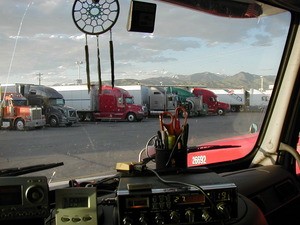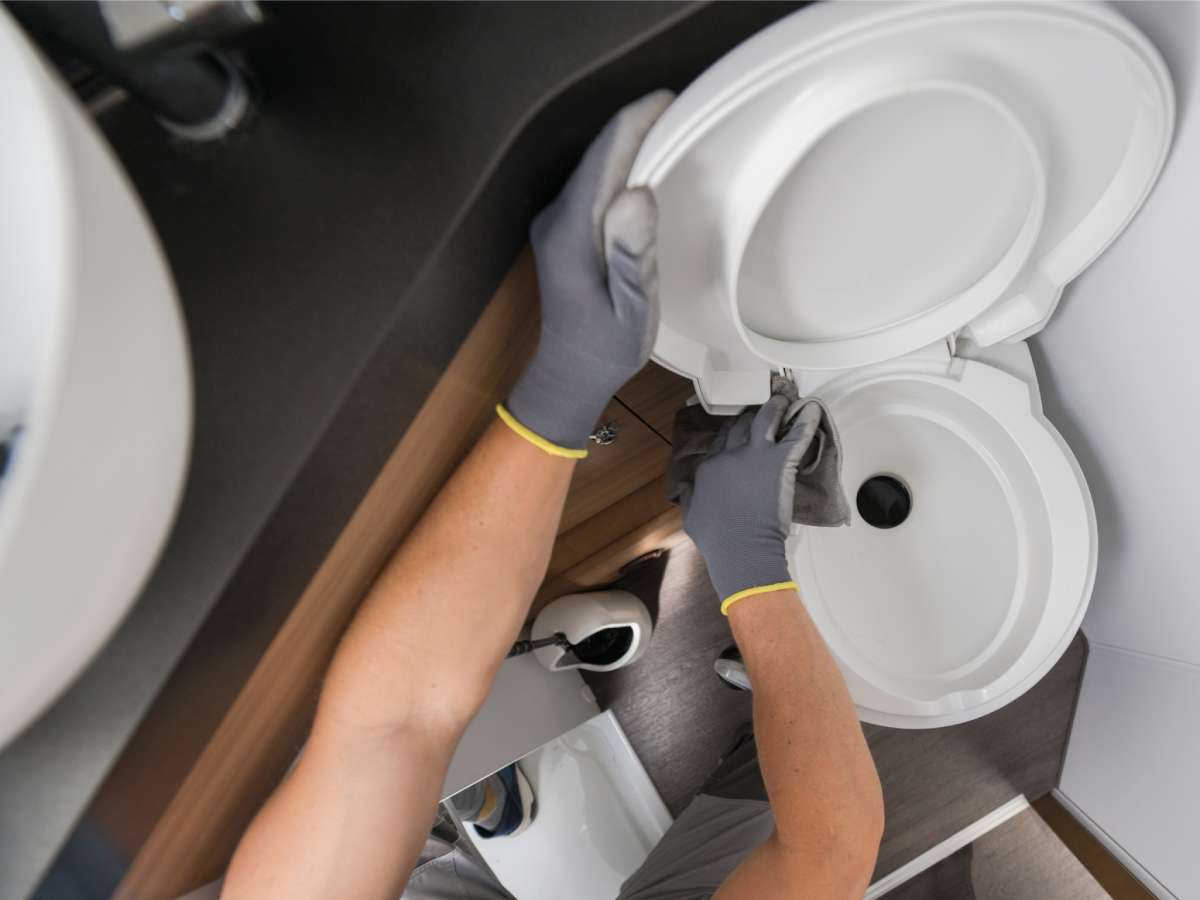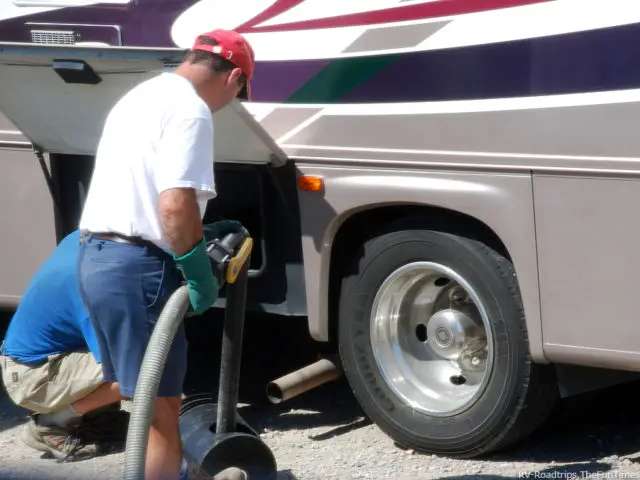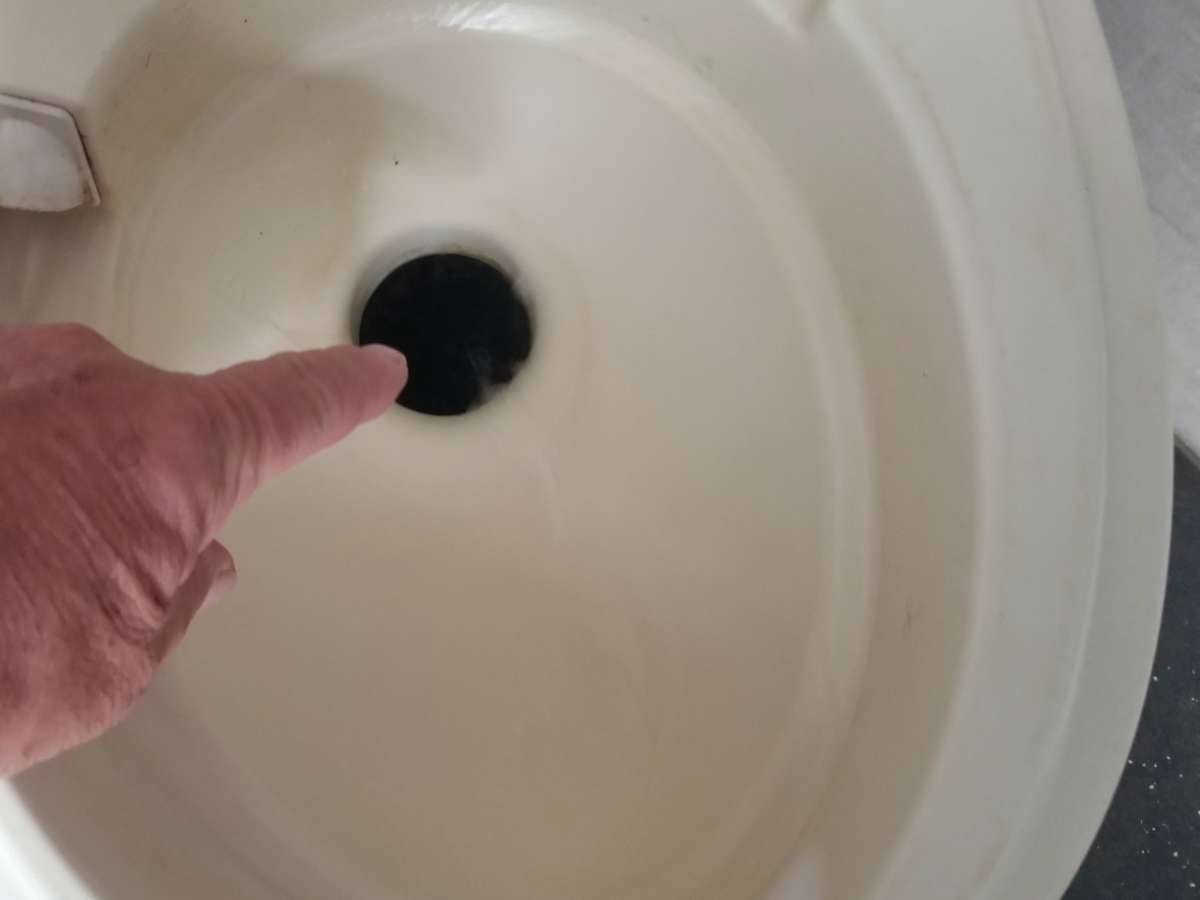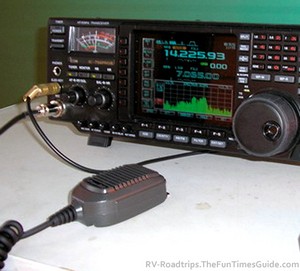 When you’re RVing and you stop somewhere (like an RV show, campground, or some other roadside attraction), you need a way to keep tabs on everyone in the group.
When you’re RVing and you stop somewhere (like an RV show, campground, or some other roadside attraction), you need a way to keep tabs on everyone in the group.
Walkie talkies are one option. After all, cell phones don’t work in all areas all the time. That, and you don’t want to incur roaming charges if you happen to be outside of your local area.
That’s where Family Radio Service comes into play!
Family Radio Service – FRS Radios
The FCC has designated part of the frequency range allotted to Citizens Band radio as short-range communications frequencies that require no license and will provide a range of from 2 to 5 miles.
These inexpensive handheld walkie talkies can fit into a shirt pocket and can keep you in touch with other members of your group with ease.
They’re most commonly used when backing up or parking the RV, shopping (two people can go in opposite directions and get everything on the list in half the time), chatting with fellow RVers within close range, and keeping tabs on children and others in your party at the campground and other destinations.
Not only are FRS radios good for casual communication between friends, but they can also be a lifesaver in the event of an emergency, including a natural disaster!
Carry one of these radios with you and you’ll have an immediate link to help if you get hurt when you’re out and about, or you get separated from the group. Even if you get lost and have no idea where you are, you can quickly be located with the use of a direction-finding antenna that locks in on the meager signal of these handheld radios.
While looking similar to a walkie-talkie, an FRS radio does away with a lot of the shortcomings of walkie talkies, and adds some handy features you can use for a lot more than just backing your rig into a camp site … Many FRS units do away with the problem of “noisy” channels with the addition of a feature called a Continuous Tone Coded Squelch System (CTCSS). Some manufacturers call this a “privacy code” and basically, CTCSS “turns off” the radio speaker until another unit using a specific code transmits. When that happens, the speaker is once again enabled, and you hear your party. If someone else uses the same channel but does not use your “code,” you won’t be bothered by having to listen to their conversation. Source
The RV Radio Of Choice: CB
Regardless of where you’re headed on your RV travels, you’ll probably want to communicate with other RVers (and truckers for traffic reports) from time to time.
In that case, you’ll want a CB radio.
More powerful than FRS radios, a CB can reach out as far as 20 miles in open terrain with a good quality antenna. Just like the truckers on the highway, RVers also talk to each other on a regular basis. Plus, if you’re traveling in a group (or caravan), this will sure beat adding roaming charges and excess minutes added onto your cell phone bill!
You can either have a CB permanently installed in your RV, or use a portable CB instead. The biggest difference is the signal strength and range of coverage. Even with a portable CB, you’ll probably want to affix a removable antenna for best results.
CB radios are also great for RVers who visit popular (crowded) attractions like RV shows and campgrounds a lot. When you’re surrounded by other RVs and crowds of people, you’ll come to rely on your CB’s range and signal strength for communication purposes.
On long trips I keep the CB radio on to communicate with truckers and other RV’ers or friends travelling with us … I keep the CB for emergency use in case the cellphone or aircard can’t get a signal or some foreign government/terrorist group knocks out the communications networks and Internet. For parking and communications between each other we have FRS walkie talkies. — thebearII
Ham Radio For RVers
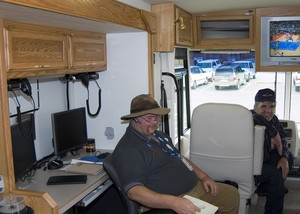 As a full time RVer, you will eventually build friendships all over the country. Wouldn’t it be great to sit back in your easy chair and have a 5- or 6-way conversation with your buddies no matter where they are?
As a full time RVer, you will eventually build friendships all over the country. Wouldn’t it be great to sit back in your easy chair and have a 5- or 6-way conversation with your buddies no matter where they are?
Enter the world of amateur radio (or ham radio).
The FCC does require that amateur radio operators be licensed, but since they did away with the Morse Code requirements years ago getting a 2-meter license is pretty easy.
The 2-meter (VHF) band will give you rock-solid communications for about 20 miles. If you do as I did and work your way up to a general class license you can have worldwide HF (High Frequency) voice privileges which will allow you to talk to other ham operators anywhere on the planet!
I’ve had my amateur radio license for over 25 years now. (My call sign is N0ELD.) It’s proven to be a valuable asset and has gotten me involved in many different public service volunteer activities that can be a lot of fun.
The best place to start if you’re interested in obtaining your ham license is the Amateur Radio Relay League. They can guide you to the nearest license test location as well as provide study material to prepare you for the different tests.
One thing RVers should consider is becoming a Ham Radio operator. Cell phones go down within minutes, CBs have very limited range, and land lines are useless – Having lived in California, Alaska and now Oregon I know how ugly it can get after a major quake. Those who need to contact family members in other states have few options for communication with folks outside their area once the disaster strikes, but amateur radio provides a method that can span the globe. Check it out. It is relatively easy (no morse code or heavy math for those who fear either) and the cost for a mobile transceiver is modest compare to what we all spend on the rest of our rig’s amenities. — Larry
No matter how you look at it, communications are an important part of RVing. These are the top 3 RV radio options to keep you connected (and safe) when you’re out and about!

